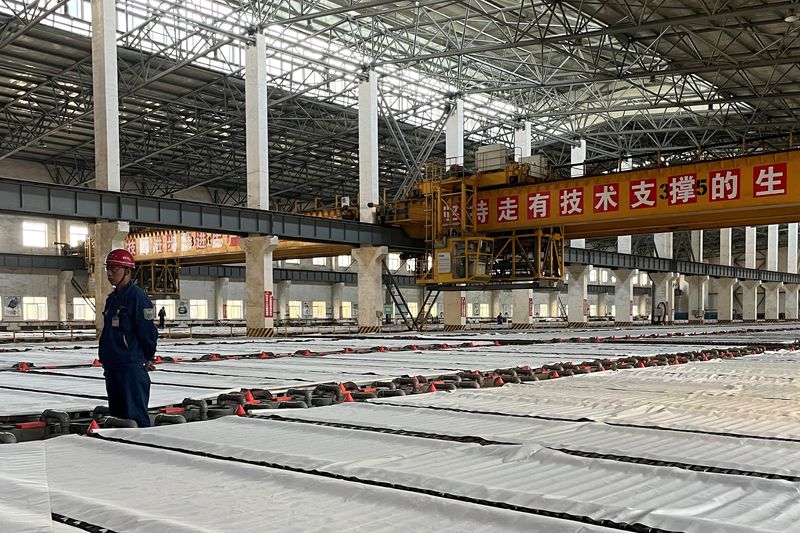AI Sentiment: Bearish
Reason: The article presents a negative outlook for the copper smelting industry due to a slump in conversion fees, increased tariffs from the US-China trade war, and operational issues. This has led to some smelters cutting production.
In the world of metal production, the copper smelting sector is currently facing challenging times. Due to a slump in conversion fees, the profitability of copper smelting operations has been severely affected, leading to a bleak outlook for industry players. The slump has resulted in the lowest conversion fees in a decade, which is a cause for concern for those involved in the industry.
Conversion fees are essentially the charges that miners pay to smelters to convert concentrate into metal. The reduction in these fees has been caused primarily by the current surplus of concentrate. This surplus, in turn, is due to a boost in mine production and the onset of new operations in Peru and Panama. As a result, smelters are now in a position where they have to compete to secure concentrate supply, leading to the fall in fees.
Adding to the difficulties is the ongoing trade war between the United States and China, which has led to an increase in tariffs on copper scrap. This has resulted in an increased demand for concentrate in China, putting further pressure on the falling conversion fees. This increased demand, coupled with operational issues like the environmental clampdown in China and the power outage in Zambia, has led to a tightening of the copper market.
The current state of the copper smelting industry is reflective of the broader challenges faced by the global economy. It serves as a reminder of how interconnected the global economy is and how a slump in one sector can have wide-reaching implications. The situation also highlights the significant impact that geopolitical tensions and environmental issues can have on industry dynamics.
Amidst these difficulties, industry players are being forced to adapt. Some smelters have chosen to cut production, while others have opted to tap the blister copper market to keep their operations running. However, it remains to be seen how the industry will fare in the long run, especially in light of the ongoing global economic uncertainties and the potential for further tightening of the copper market.




